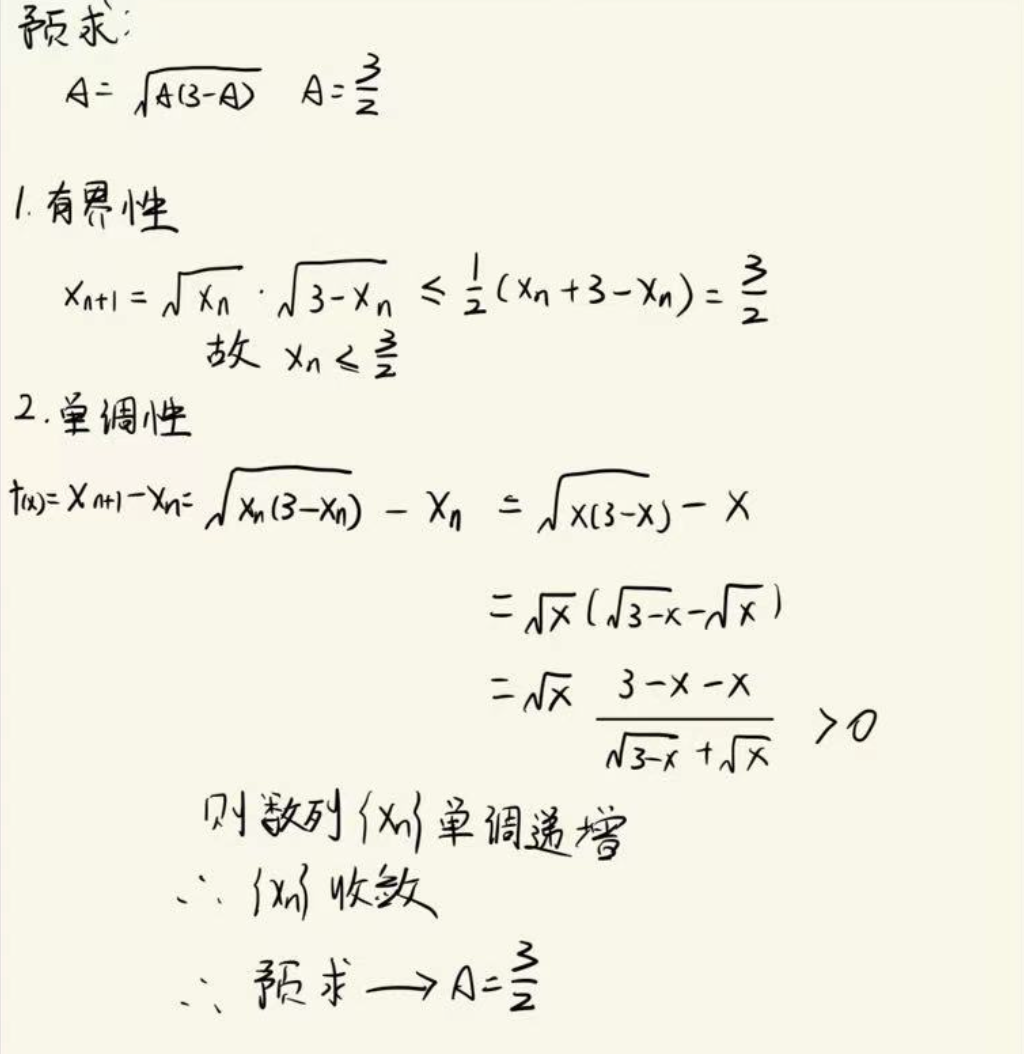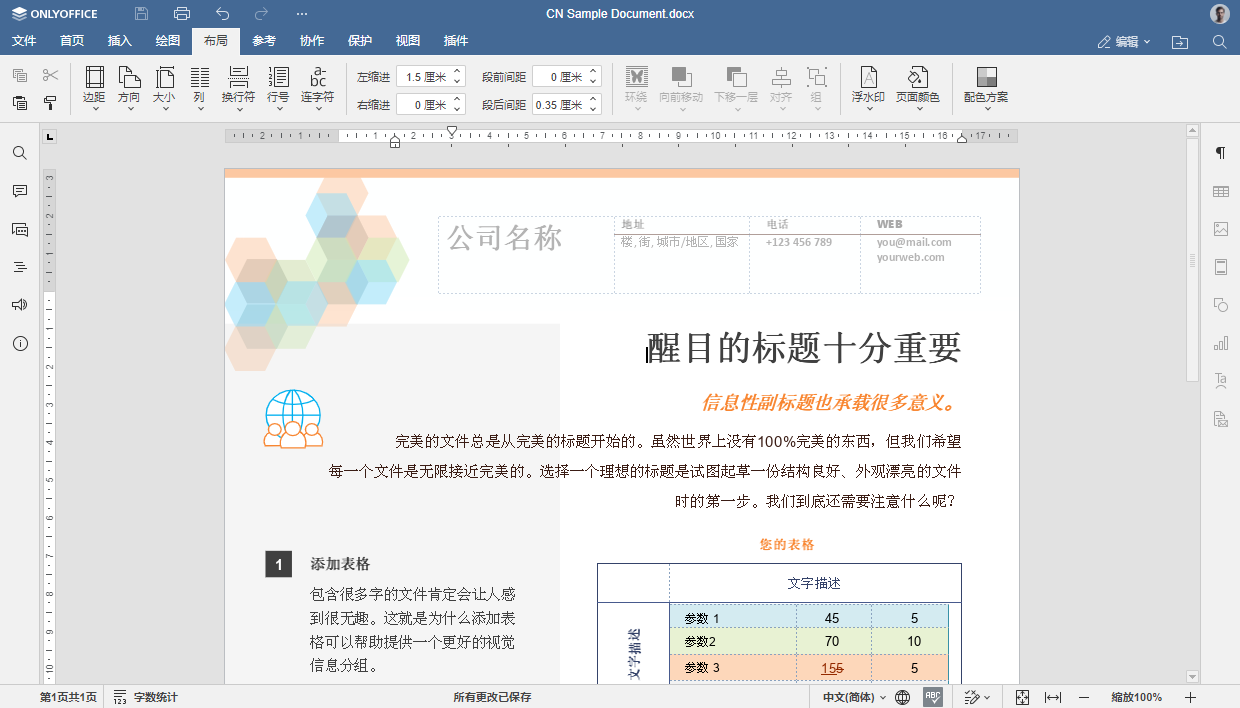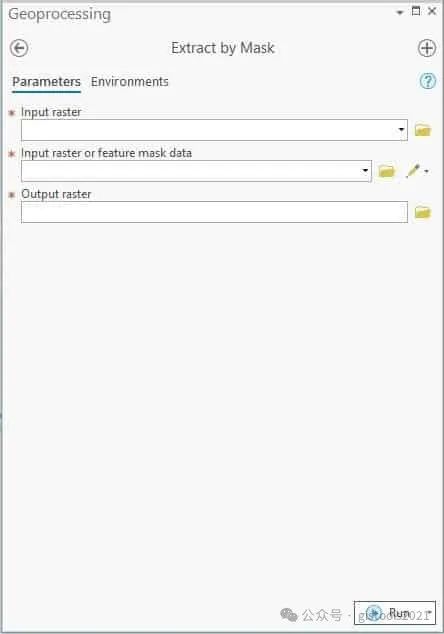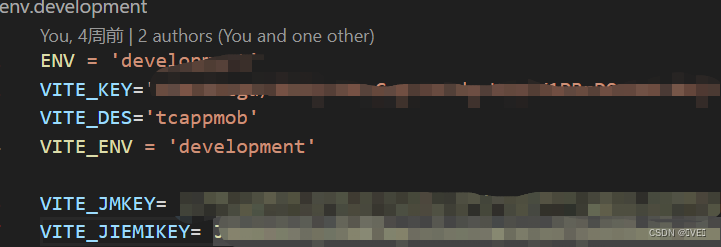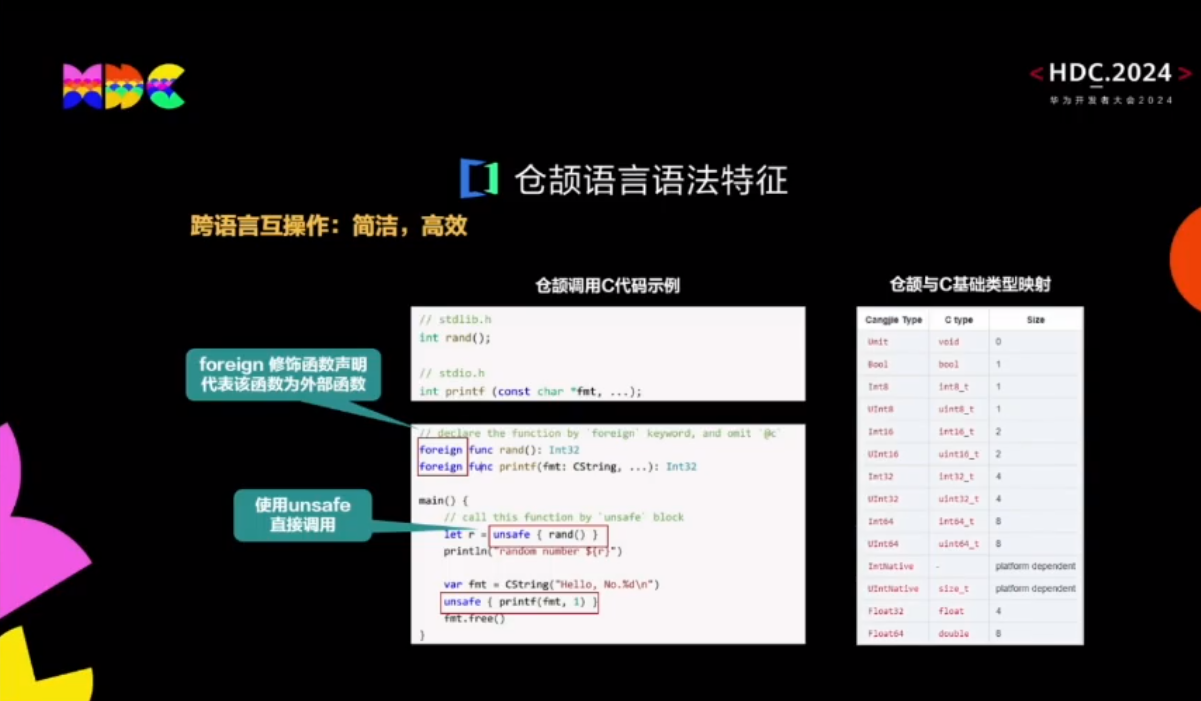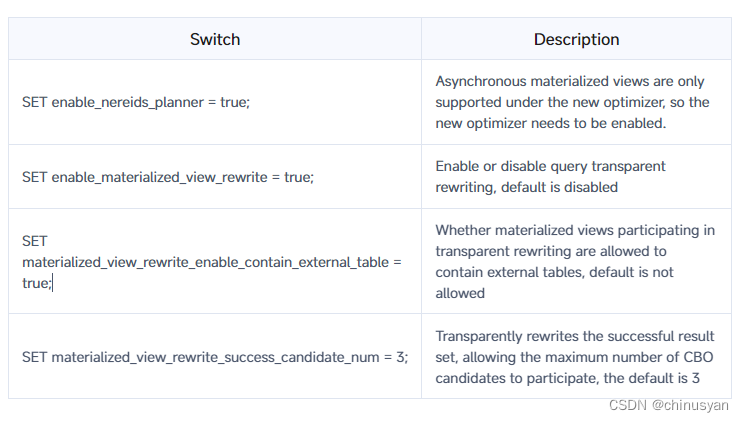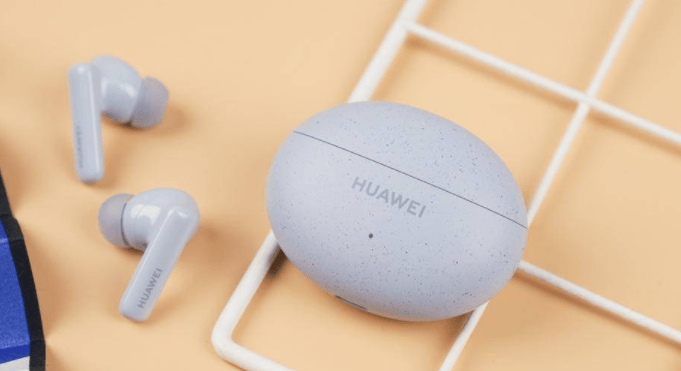全卷积网络(Fully Convolutional Networks,FCN)是UC Berkeley的Jonathan Long等人于2015年在Fully Convolutional Networks for Semantic Segmentation一文中提出的用于图像语义分割的一种框架。
论文地址:https://arxiv.org/pdf/1411.4038
1.什么是语义分割?
图像语义分割(semantic segmentation)是图像处理和机器视觉技术中关于图像理解的重要一环,AI领域中一个重要分支,常被应用于人脸识别、物体检测、医学影像、卫星图像分析、自动驾驶感知等领域。
其目的就是要准确的分割出主体与背景之间的差别。例如下面这个图片。
2.模型简介
FCN主要用于图像分割领域,是一种端到端的分割方法,是深度学习应用在图像语义分割的开山之作。通过进行像素级的预测直接得出与原图大小相等的label map。因FCN丢弃全连接层替换为全卷积层,网络所有层均为卷积层,故称为全卷积网络。
FCN的主要三种技术:
- 卷积化(Convolutional)
- 上采样(Upsample)
- 上采样(Upsample)
这个模型在当时还是充满创意的,只是在今天可能被很多其他优秀的模型所替代,但是值得初学者进行学习。
3.代码实现。
请安装相应的包与python版本
先下载一下这个数据集。
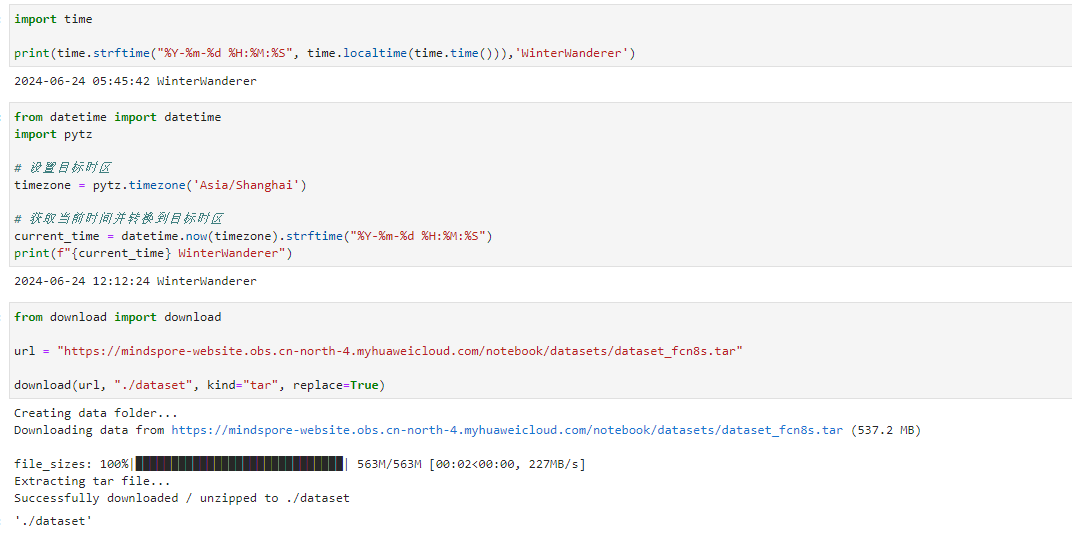
然后,根据论文中的模型开始搭建模型

import mindspore.nn as nn
class FCN8s(nn.Cell):
def __init__(self, n_class):
super().__init__()
self.n_class = n_class
self.conv1 = nn.SequentialCell(
nn.Conv2d(in_channels=3, out_channels=64,
kernel_size=3, weight_init='xavier_uniform'),
nn.BatchNorm2d(64),
nn.ReLU(),
nn.Conv2d(in_channels=64, out_channels=64,
kernel_size=3, weight_init='xavier_uniform'),
nn.BatchNorm2d(64),
nn.ReLU()
)
self.pool1 = nn.MaxPool2d(kernel_size=2, stride=2)
self.conv2 = nn.SequentialCell(
nn.Conv2d(in_channels=64, out_channels=128,
kernel_size=3, weight_init='xavier_uniform'),
nn.BatchNorm2d(128),
nn.ReLU(),
nn.Conv2d(in_channels=128, out_channels=128,
kernel_size=3, weight_init='xavier_uniform'),
nn.BatchNorm2d(128),
nn.ReLU()
)
self.pool2 = nn.MaxPool2d(kernel_size=2, stride=2)
self.conv3 = nn.SequentialCell(
nn.Conv2d(in_channels=128, out_channels=256,
kernel_size=3, weight_init='xavier_uniform'),
nn.BatchNorm2d(256),
nn.ReLU(),
nn.Conv2d(in_channels=256, out_channels=256,
kernel_size=3, weight_init='xavier_uniform'),
nn.BatchNorm2d(256),
nn.ReLU(),
nn.Conv2d(in_channels=256, out_channels=256,
kernel_size=3, weight_init='xavier_uniform'),
nn.BatchNorm2d(256),
nn.ReLU()
)
self.pool3 = nn.MaxPool2d(kernel_size=2, stride=2)
self.conv4 = nn.SequentialCell(
nn.Conv2d(in_channels=256, out_channels=512,
kernel_size=3, weight_init='xavier_uniform'),
nn.BatchNorm2d(512),
nn.ReLU(),
nn.Conv2d(in_channels=512, out_channels=512,
kernel_size=3, weight_init='xavier_uniform'),
nn.BatchNorm2d(512),
nn.ReLU(),
nn.Conv2d(in_channels=512, out_channels=512,
kernel_size=3, weight_init='xavier_uniform'),
nn.BatchNorm2d(512),
nn.ReLU()
)
self.pool4 = nn.MaxPool2d(kernel_size=2, stride=2)
self.conv5 = nn.SequentialCell(
nn.Conv2d(in_channels=512, out_channels=512,
kernel_size=3, weight_init='xavier_uniform'),
nn.BatchNorm2d(512),
nn.ReLU(),
nn.Conv2d(in_channels=512, out_channels=512,
kernel_size=3, weight_init='xavier_uniform'),
nn.BatchNorm2d(512),
nn.ReLU(),
nn.Conv2d(in_channels=512, out_channels=512,
kernel_size=3, weight_init='xavier_uniform'),
nn.BatchNorm2d(512),
nn.ReLU()
)
self.pool5 = nn.MaxPool2d(kernel_size=2, stride=2)
self.conv6 = nn.SequentialCell(
nn.Conv2d(in_channels=512, out_channels=4096,
kernel_size=7, weight_init='xavier_uniform'),
nn.BatchNorm2d(4096),
nn.ReLU(),
)
self.conv7 = nn.SequentialCell(
nn.Conv2d(in_channels=4096, out_channels=4096,
kernel_size=1, weight_init='xavier_uniform'),
nn.BatchNorm2d(4096),
nn.ReLU(),
)
self.score_fr = nn.Conv2d(in_channels=4096, out_channels=self.n_class,
kernel_size=1, weight_init='xavier_uniform')
self.upscore2 = nn.Conv2dTranspose(in_channels=self.n_class, out_channels=self.n_class,
kernel_size=4, stride=2, weight_init='xavier_uniform')
self.score_pool4 = nn.Conv2d(in_channels=512, out_channels=self.n_class,
kernel_size=1, weight_init='xavier_uniform')
self.upscore_pool4 = nn.Conv2dTranspose(in_channels=self.n_class, out_channels=self.n_class,
kernel_size=4, stride=2, weight_init='xavier_uniform')
self.score_pool3 = nn.Conv2d(in_channels=256, out_channels=self.n_class,
kernel_size=1, weight_init='xavier_uniform')
self.upscore8 = nn.Conv2dTranspose(in_channels=self.n_class, out_channels=self.n_class,
kernel_size=16, stride=8, weight_init='xavier_uniform')
def construct(self, x):
x1 = self.conv1(x)
p1 = self.pool1(x1)
x2 = self.conv2(p1)
p2 = self.pool2(x2)
x3 = self.conv3(p2)
p3 = self.pool3(x3)
x4 = self.conv4(p3)
p4 = self.pool4(x4)
x5 = self.conv5(p4)
p5 = self.pool5(x5)
x6 = self.conv6(p5)
x7 = self.conv7(x6)
sf = self.score_fr(x7)
u2 = self.upscore2(sf)
s4 = self.score_pool4(p4)
f4 = s4 + u2
u4 = self.upscore_pool4(f4)
s3 = self.score_pool3(p3)
f3 = s3 + u4
out = self.upscore8(f3)
return out上面就是模型的具体架构。
搭建模型之后就是开始加载预训练权重,然后训练模型,最后进行模型推理。

这是模型推理的结果,可以看出FCN确实分割出主体部分,但是效果很有限。
以上就是有关FCN图像语义分割部分的学习,其实还是蛮有收获,在jupyter上一步步的训练模型,对照着论文,实践与理论的相结合,学习很快。参加“昇思”这个活动的话,可以申请云NPU以及使用工作人员写好的jupyter,最主要的是免费!!!如果有想参加的话,可以私信我。
希望可以帮助到你们。



